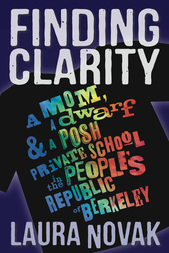I’m saying this based on level of alertness, and hands still clenched at rest for a baby that age.
If Trig truly has Down syndrome, as I believe he does based on our previous post and analysis, then this just cannot be him.
I do see the nasal cannula. Certainly looks like a nasal cannula, but also could be a feeding tube. It’s hard to tell if it goes across the whole face or just over the left cheek. I can't do any measurements as his head is looking off to the side.
Since it’s an outside shot, with everyone wearing shorts and light jackets, it’s definitely not early spring in Alaska. What, and no hat on the baby?
Bristol looks very young in that picture, much younger than she looked during the campaign. Why is she always holding her "mother's" baby?
Does Sarah ever hold the kid except in PR photos?
This baby in blue? 6-7 weeks old is a good estimate. Weeks, not months."
On Allie RN’s post:
"I didn't know about a possible tubal ligation or hysterectomy. If I understand Sarah’s religious beliefs, I can't imagine she would have a voluntary sterilization procedure. If that came out (and someone, somewhere must know), it would totally invalidate the whole pregnancy scam. There's got to be someone out there willing to talk.
As a Neonatologist, I don't know enough about hysterectomies to comment on the need for a perfusionist, but it could make sense, especially if she has a bleeding tendency. There are several reasons a "healthy" woman in her 30s would need one that come to mind: malignancy, severe fibroids, chronic pelvic pain, menorrhagia or complications from delivery.
If Sarah Palin had a tubal ligation, it would make it very difficult for her to be Trig's birth mother.
If Sarah Palin had a hysterectomy, it would make it impossible for her to be Trig's birth mother."
Thank you, Doc, for taking the time to give us your responses to this material.


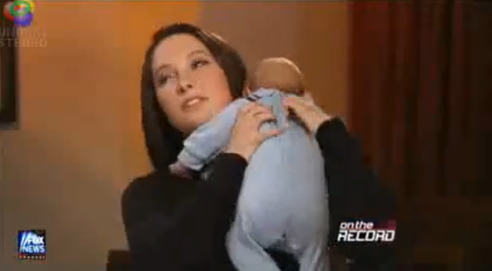
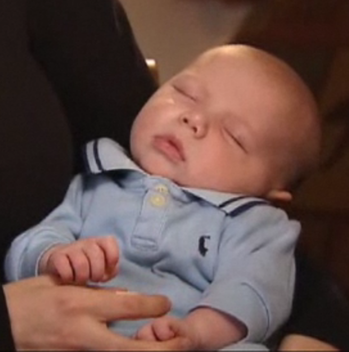
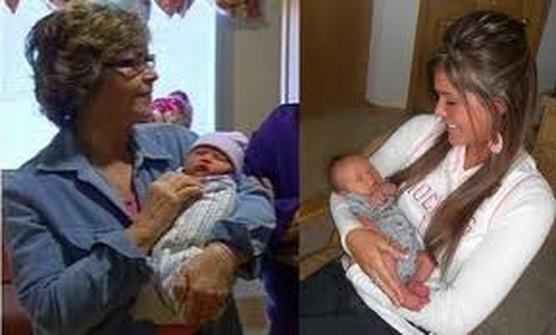
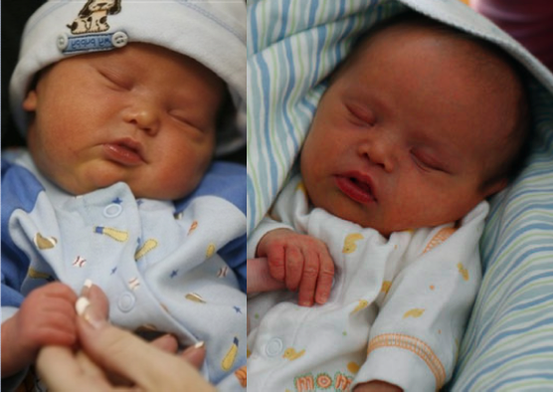
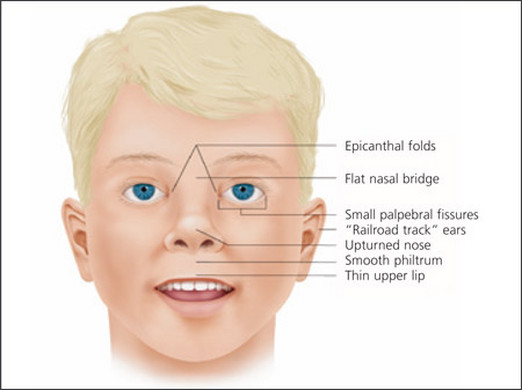
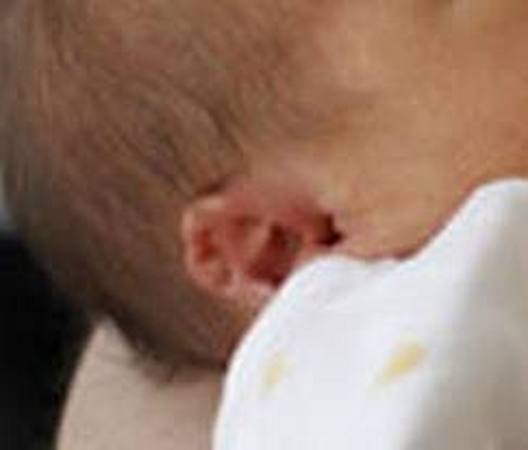
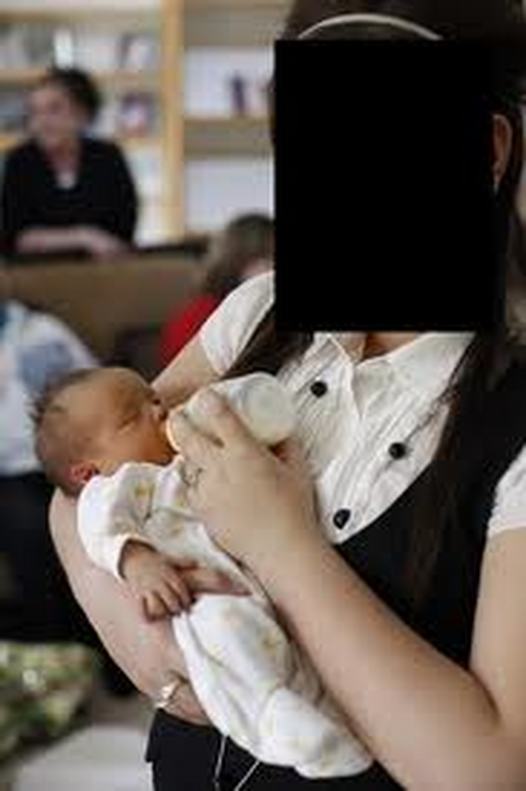
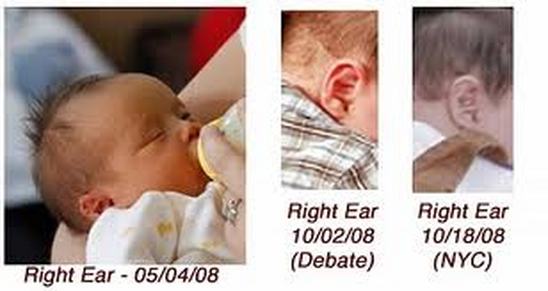
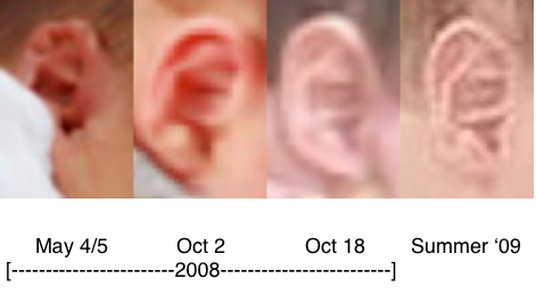

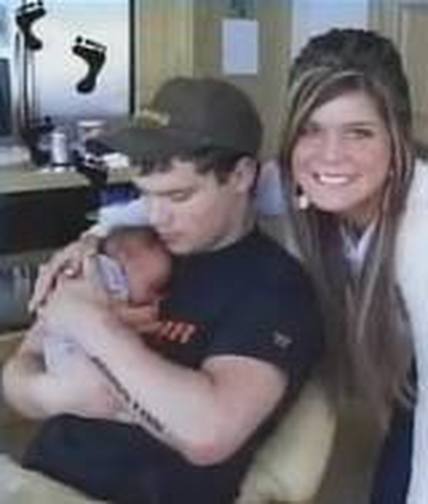




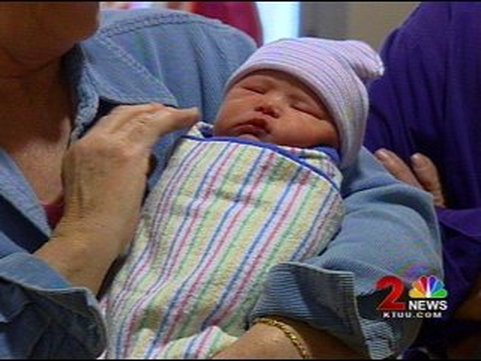
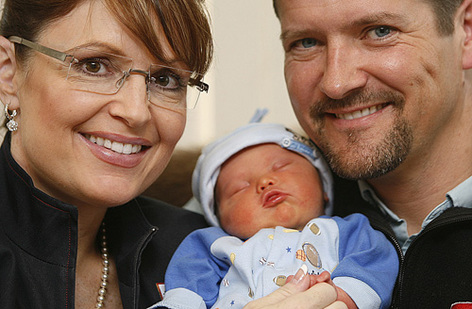
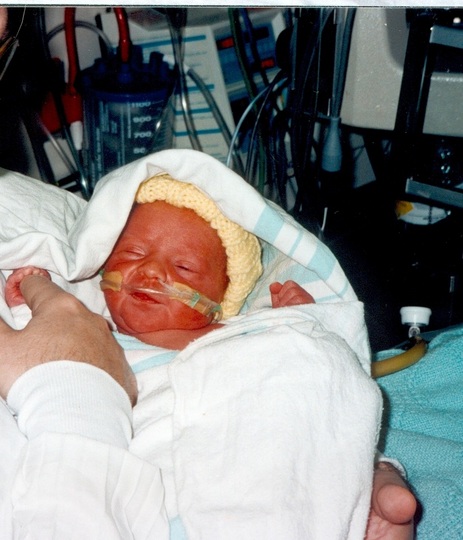
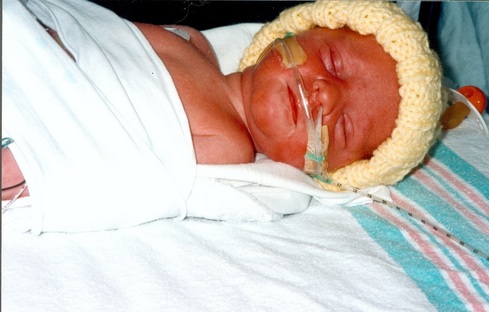
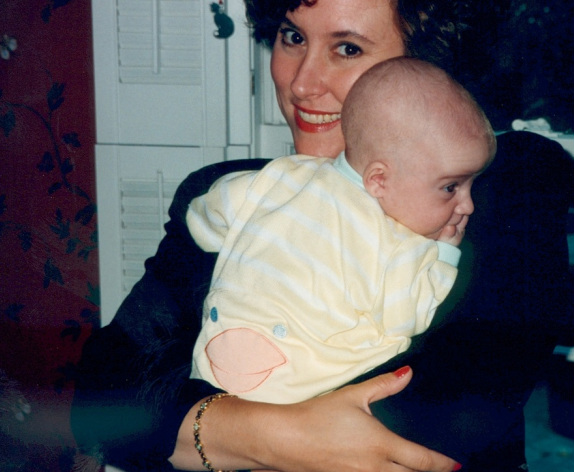
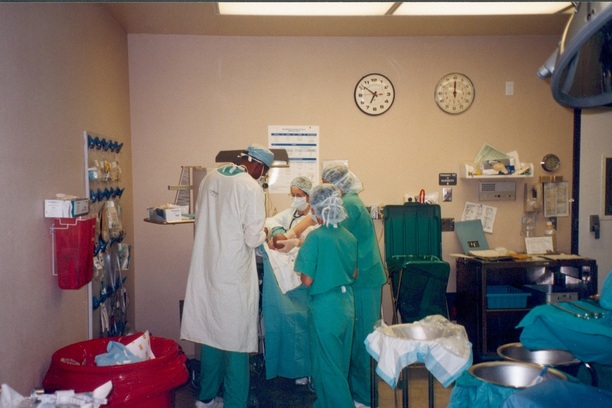
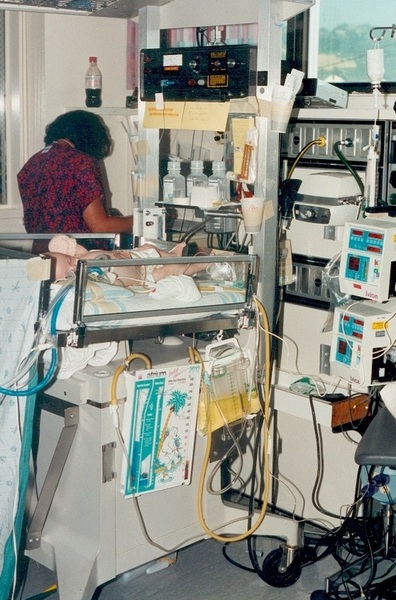
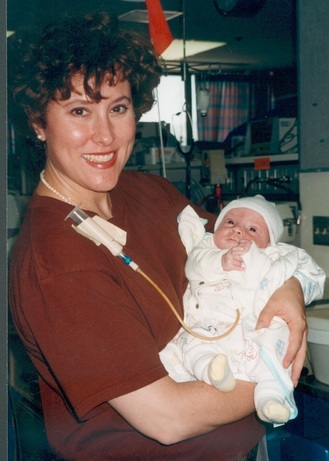

 RSS Feed
RSS Feed
